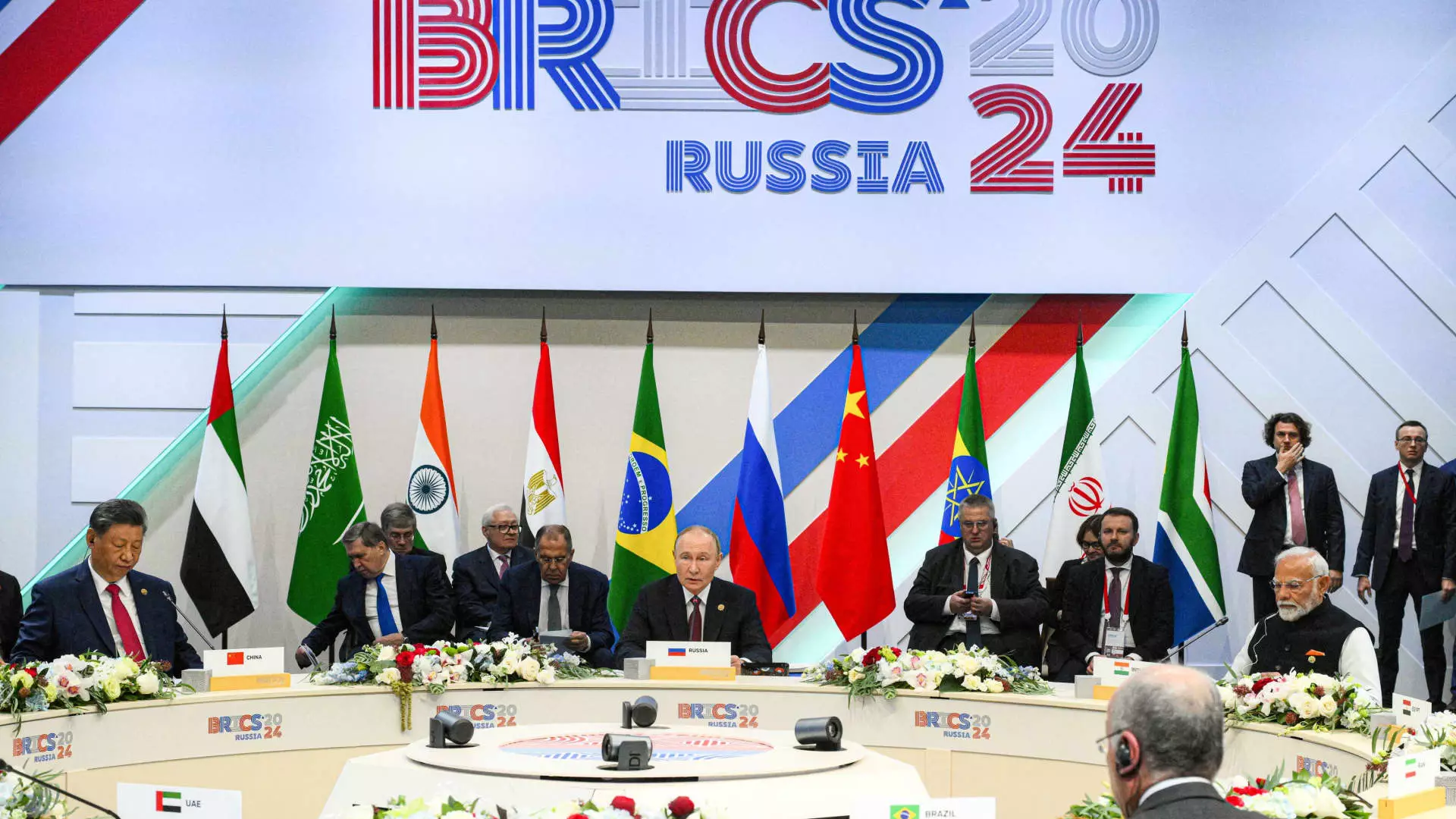In an unexpected move, President-elect Donald Trump escalated tensions with several nations by implying a 100% tariff on countries in the BRIC alliance should they undermine the U.S. dollar. The BRIC countries—Brazil, Russia, India, China, and South Africa, along with several aspirant members—are growing increasingly vocal about the U.S.’s financial dominance. While the dollar currently dominates international trade, fears surrounding its supremacy are beginning to emerge among these nations as they seek alternatives for financial transactions. Trump’s combative stance raises critical questions about the stability of the dollar and signals a significant shift in America’s trade policy.
Understanding the BRIC Alliance
The BRIC alliance represents a coalition of emerging economies that have an essential influence on global economic dynamics. With the membership interest of various other nations, including Turkey and Malaysia, the BRIC bloc’s intent to challenge the dollar’s dominance is becoming more pronounced. The criticism centered on America’s control over the global financial system portrays how countries are increasingly frustrated with their dependency on the dollar. This dissatisfaction comes at a time when U.S. currency represents approximately 58% of foreign exchange reserves globally—a clear delineation of America’s economic clout.
These nations, particularly those undergoing rapid economic growth, are exploring the concept of de-dollarization, a process aimed at reducing reliance on any single currency, especially the dollar. By promoting trade in various currencies, these countries hope to establish a more multipolar economic order that provides resilience against U.S. economic policies, such as sanctions or tariffs.
In his post on Truth Social, Trump did not mince words regarding the consequences these nations would face if they pursued their plans to create an alternative currency or backs alternatives for transactions. His declaration of “100% tariffs” indicates a willingness to take extreme measures against perceived threats to the U.S. economy. Trump’s rhetoric signifies a broader trend of using tariffs as a diplomatic tool, a method he has applied previously in dealings with Mexico and Canada over immigration policies.
Moreover, there is a degree of irony in Trump’s stance, as the initial context suggests this is primarily an economic showdown. Yet, it simultaneously reflects ongoing geopolitical tensions; Trump perceives de-dollarization as a threat not solely to the economy but to American hegemony. The implications of such a hardline policy could reverberate beyond economics into the realm of international relations, affecting trade agreements and diplomatic partnerships.
The global reaction to Trump’s threat has been varied but exudes a common thread of concern regarding American economic isolationism. Russian President Vladimir Putin’s assertion that the U.S. is “weaponizing” the dollar suggests a growing resentment towards U.S. economic policy, fostering a narrative that characterizes the U.S. as a bully in international finance. Furthermore, the BRIC countries are exploring alternatives like independent payment systems that could facilitate trade without the dollar.
However, research from institutions such as the Atlantic Council contradicts Trump’s claims by asserting that the dollar remains secure in the medium to long term. The data presented provides a counter-narrative to the panic Trump seems to conjure, evoking confidence in the dollar’s continued status as the primary global reserve currency. This contradicts Trump’s bluster, casting doubt on his assertions and calming fears about potential rapid shifts in currency dynamics.
Despite the immediate implications of Trump’s threats, the long-term consequences may be more moderate than anticipated. The historical dominance of the dollar in international trade suggests a resilience that may withstand the political posturing evident in the president-elect’s remarks. As countries like Russia and China push for alternatives, the real question remains not whether the dollar will be replaced but rather how U.S. policies will continue to affect the broader global financial landscape.
Trump’s tariff threats embody more than mere economic ramifications; they represent a potential fracture in global relationships, compelling countries to rethink their dependence on the U.S. Dollar. While the claims of a looming currency transition may not translate into immediate action, the underlying tensions indicate an evolving landscape in international economics, necessitating a careful examination of future United States policy directions.

Leave a Reply